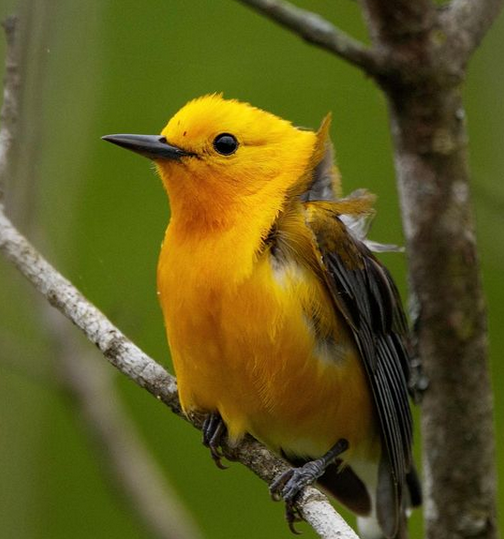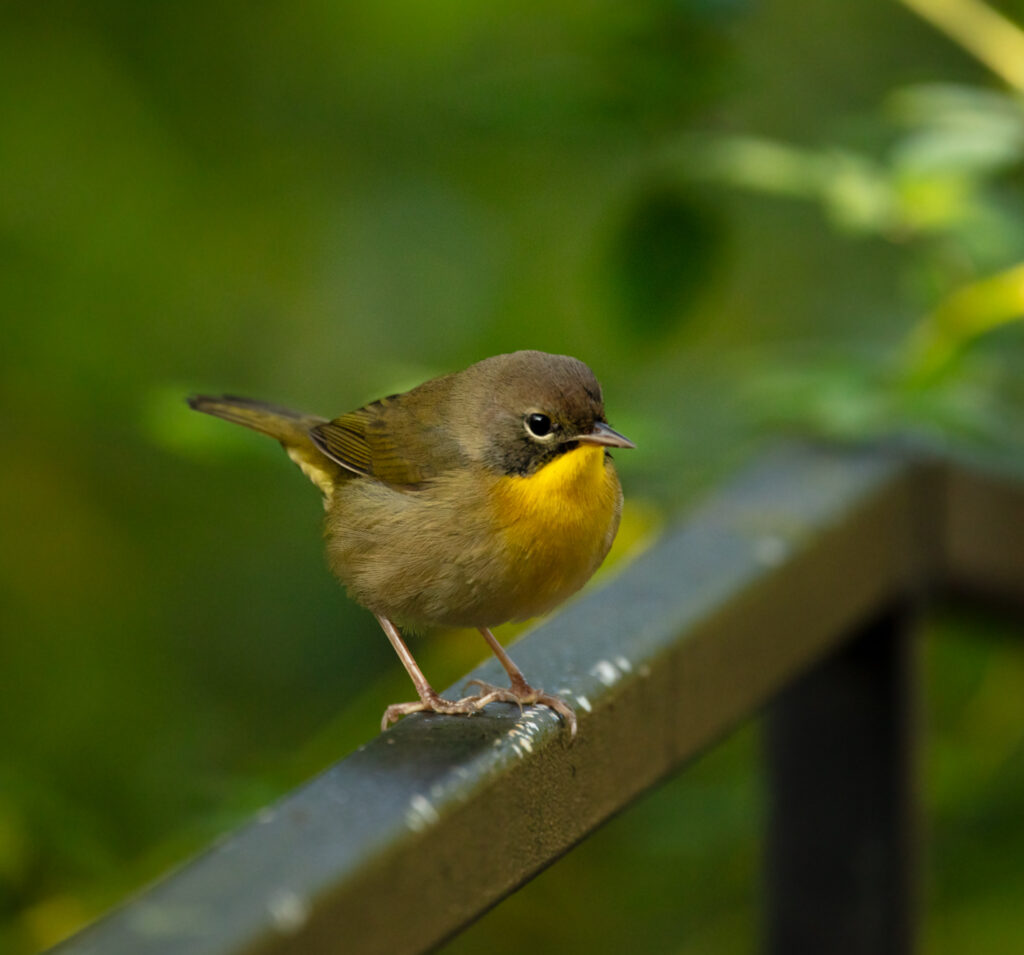I had an excellent morning of birding while leading a guided bird watching trip to Bass Lake in Holly Springs NC.
We spotted 39 species of birds including this lovely Northern Parula Warbler as we explored the wooded shoreline of the lake.
It was wonderful to get outside while sharing good memories with people who love this stuff as much as I do!

Of all the birds we found, this male Parula was the most friendly. He was quite amicable to having his picture taken by my guests which was pretty neat!

Arriving in mid April, the Northern Parula is a summertime resident of North Carolina.
They are a fairly common in swamps, near lakes, ponds and other wetland areas but they also may be found in dry deciduous forests as well.
They’ve got a distinctive call which sounds somewhat like a zipper being pulled up lol!
Look for these tiny birds in the mid to upper canopies of the trees and listen for their call of
“Zzzzzeee-up” in the woods to find them.
They’ll stick around the Tarheel State until mid October and are well worth the time to stop and enjoy if you can take the time to get out and see them.
Photos by @sally_siko of @birdwatching_nc on the full frame beast of an SLR, the mighty @canonusa
#5Ds











































